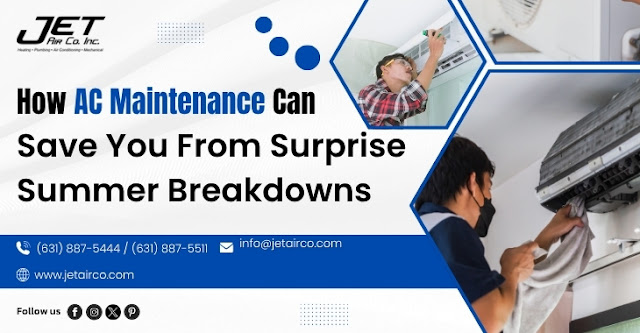A dependable boiler is essential for maintaining warmth and comfort during colder months, especially for homeowners across the USA. At JetAirCo, we know the importance of timely and professional repair work, which is why so many families trust us over other Boiler Installation Companies. While repairs remain a core part of keeping systems efficient, pairing them with reliable Boiler Installation Services ensures long-term safety, durability, and performance.
Here We Know About The Key Benefits Of Hiring Our Professionals For Boiler Repairs:-
1. Why Professional Boiler Repair Matters
2. Enhanced Safety Through Expert Knowledge
3. Improved Energy Efficiency and Performance
4. Preventing Future Breakdowns With Routine Care
5. Why Choosing the Right Company Matters
1. Why Professional Boiler Repair Matters:
Boilers are complex systems that require expert handling. When issues arise—such as inconsistent heating, strange noises, or reduced efficiency—only trained technicians can safely diagnose and resolve them.
Midway through the season, calling skilled technicians instead of inexperienced ensures that your system receives the proper care it needs to function at its best.
2. Enhanced Safety Through Expert Knowledge:
Boilers involve heat, pressure, fuel, and complex mechanical components. When handled incorrectly, they can pose serious safety risks. Professional technicians follow strict safety standards to protect both your home and your family.
During the repair process, experts also check installation quality and ensure every part of the system is functioning properly. This attention to detail adds a layer of safety beyond regular, making it easier to enjoy your system without worry.
3. Improved Energy Efficiency and Performance:
A well-repaired boiler operates more efficiently, reducing energy consumption and lowering utility bills. Trained professionals clean internal components, adjust burner settings, and optimize airflow to improve overall performance homeowners notice better heat distribution and reduced operational noise when they choose quality repair work. Midseason tune-ups often reveal factors that were overlooked by less experienced, helping extend your boiler’s lifespan.
4. Preventing Future Breakdowns With Routine Care:
Routine inspections and ongoing maintenance play a major role in avoiding unexpected system failures. Regular checkups help identify issues before they escalate—which reduces long-term repair costs.
By combining professional repair work with preventive care, your system stays stronger and more dependable. Many families trust JetAirCo because our technicians understand the value of ongoing service, not just one-time Boiler Installation Services. This holistic approach ensures year-round comfort and stability.
5. Why Choosing the Right Company Matters:
With so many options available, selecting a reliable provider is crucial. Experience, transparency, and technical knowledge make a significant difference in the results you receive.
Homeowners because we offer more than standard support. Our team provides thorough inspections, accurate repairs, and personalized service that outperforms traditional Boiler Installation Companies. Whether you're installing new equipment or addressing an urgent repair, having trusted professionals ensures better system performance and long-term peace of mind.
Conclusion
Maintaining a dependable heating system begins with choosing the right professionals. With JetAirCo, homeowners across the USA receive expert care that keeps their boiler running efficiently and safely throughout the year. Whether you need professional repairs, seasonal support, or dependable Boiler Installation Services, our team delivers long-lasting solutions you can trust.
By choosing a company that stands above other Boiler Installation Companies, you protect your investment, improve comfort, and ensure your boiler performs at its best year after year.






